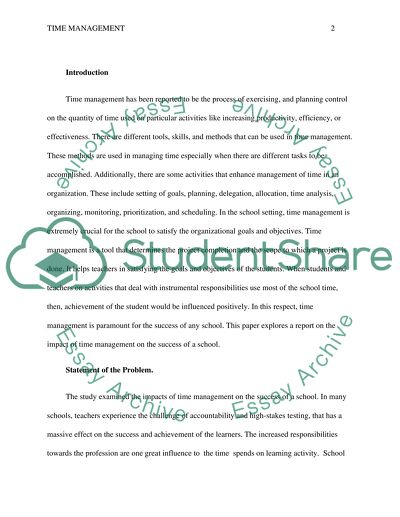Cite this document
(“Time Management and Success Research Paper Example | Topics and Well Written Essays - 2250 words”, n.d.)
Retrieved from https://studentshare.org/education/1477747-time-management-and-success
Retrieved from https://studentshare.org/education/1477747-time-management-and-success
(Time Management and Success Research Paper Example | Topics and Well Written Essays - 2250 Words)
https://studentshare.org/education/1477747-time-management-and-success.
https://studentshare.org/education/1477747-time-management-and-success.
“Time Management and Success Research Paper Example | Topics and Well Written Essays - 2250 Words”, n.d. https://studentshare.org/education/1477747-time-management-and-success.


